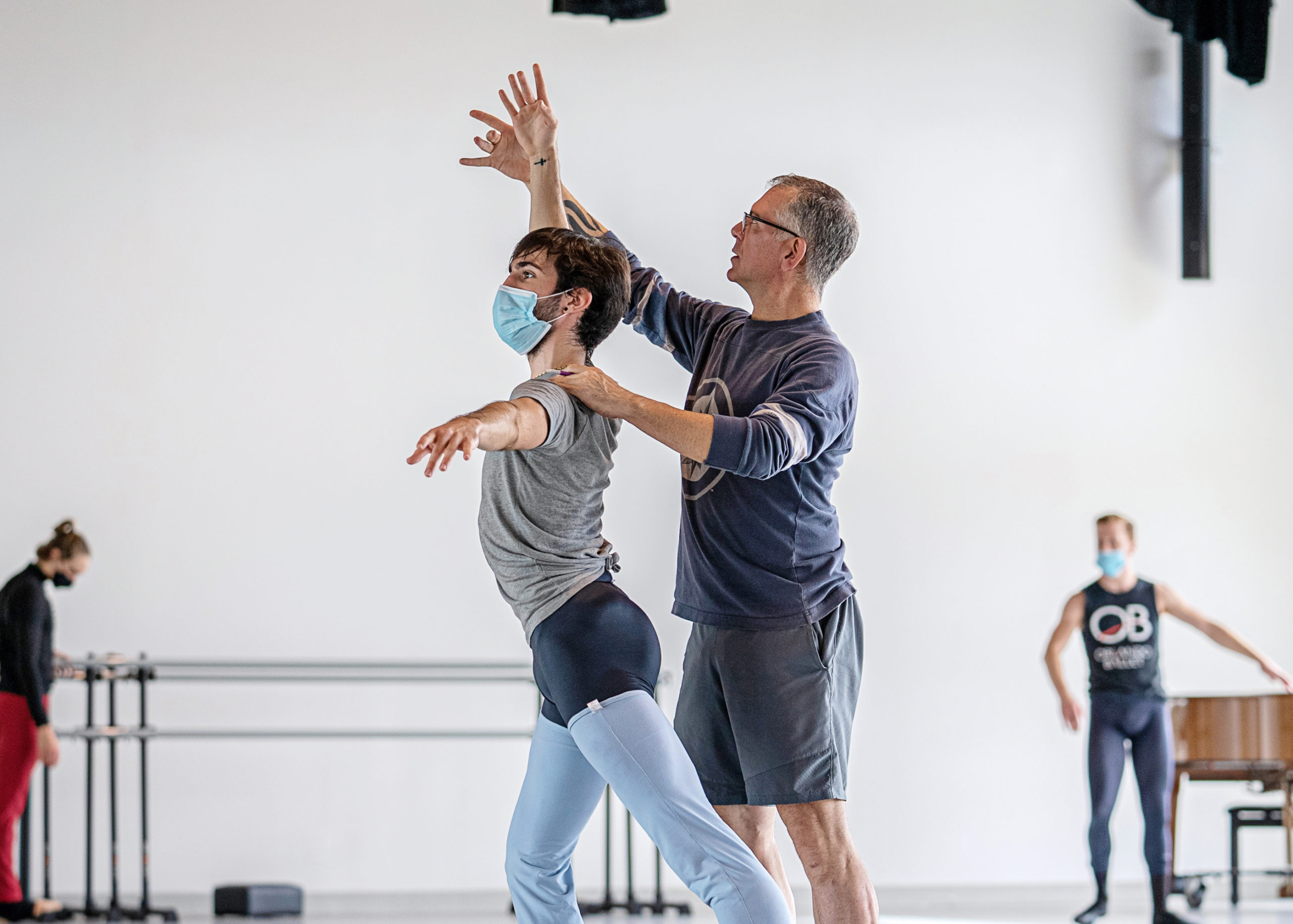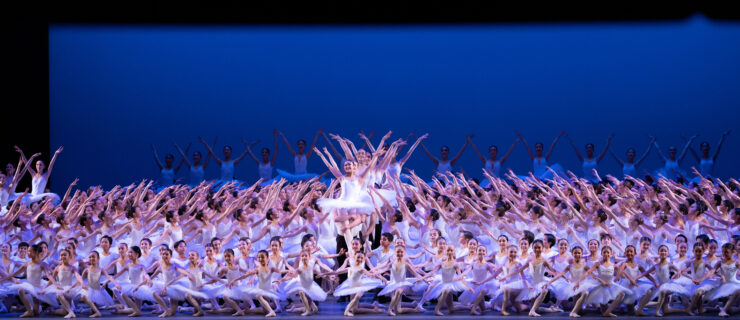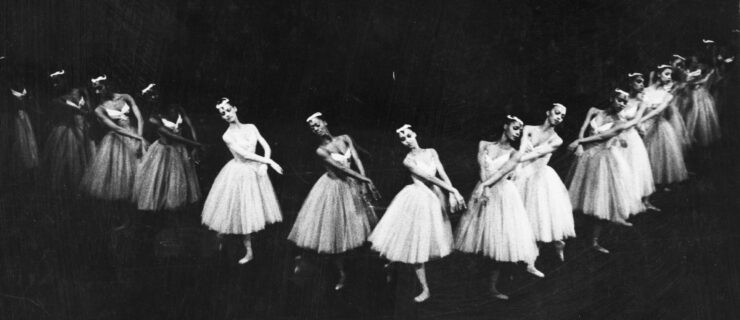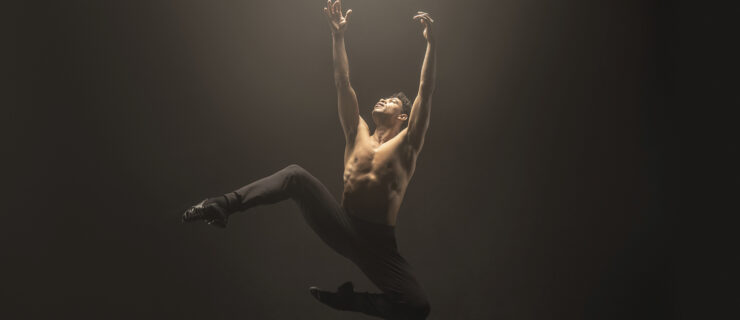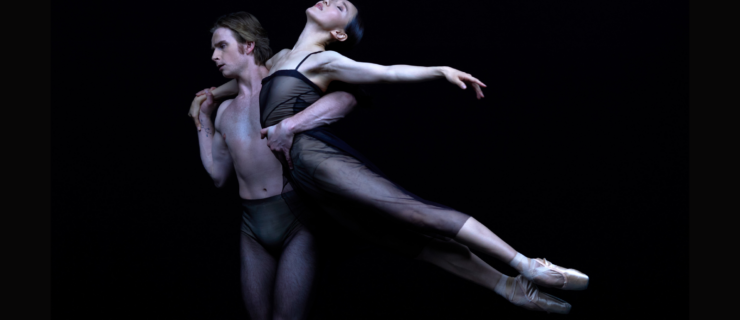Choreographer Jorden Morris, Orlando Ballet’s New Artistic Director, Shares His Vision for the Company
The phrase “being in the right place at the right time” certainly applied to Jorden Morris in the lead-up to his appointment as Orlando Ballet’s new artistic director. Morris, the company’s artist in residence, happened to be in Orlando, preparing to set his production of The Great Gatsby on the company this past August, when the artistic director Robert Hill abruptly stepped down after 13 years. Jonathan Ledden, the company’s board president, swiftly asked Morris to take over as guest artistic director for the company’s 2021–22 season. Then, after a monthslong national search for Hill’s permanent replacement, the board selected Morris by unanimous vote on December 16.
A native of Banff in Alberta, Canada, Morris spent 11 years as a dancer with the Royal Winnipeg Ballet, where he rose to principal. He later studied theater arts and choreography at New York University. Morris served as chief ballet master and interim director at Boston Ballet, associate school director for the Royal Winnipeg Ballet, and artistic director of Edmonton Citie Ballet. As a choreographer, he may be best known for his popular productions of Peter Pan (2006) and Moulin Rouge (2009).
Pointe spoke with Morris shortly after his appointment to learn more about his plans for the company.
How has your career prepared you for your new post at Orlando Ballet?
I think with a company like Orlando Ballet, which has an attached school, my prior experience at the Royal Winnipeg Ballet School gave me a lot of tools and knowledge on how the two should run when they are under the same roof. I find it very valuable as a director to have that intimate understanding of the educational side of the organization as well as the artistic performing side.
What did you tell Orlando Ballet’s search committee on why they should hire you?
I told them of the experiences I’ve accrued working with companies across the globe guest teaching, choreographing and learning how to deal with the production, administration and marketing sides of running a ballet company—all those boxes you need to tick as an artistic leader. I said I thought there was room for Orlando Ballet to grow and pointed out certain goals I felt very confident I could achieve in my tenure to take them to the next level.
What is your vision for the company?
As far as the repertory, I feel there needs to be a cohesive balance between presenting ballets by the masters and pushing the artform forward with contemporary ballets and those by developing choreographers. There are certain ballets every company should have, works that are important for the dancers, audiences and the organization. There is sort of a graduating tier: You have to do The Merry Widow before you can do Onegin, before you can do Manon. You must build the repertoire and the strength of the artists alongside your audience in an intelligent progression, so that the organization scales things up appropriately both artistically and financially.
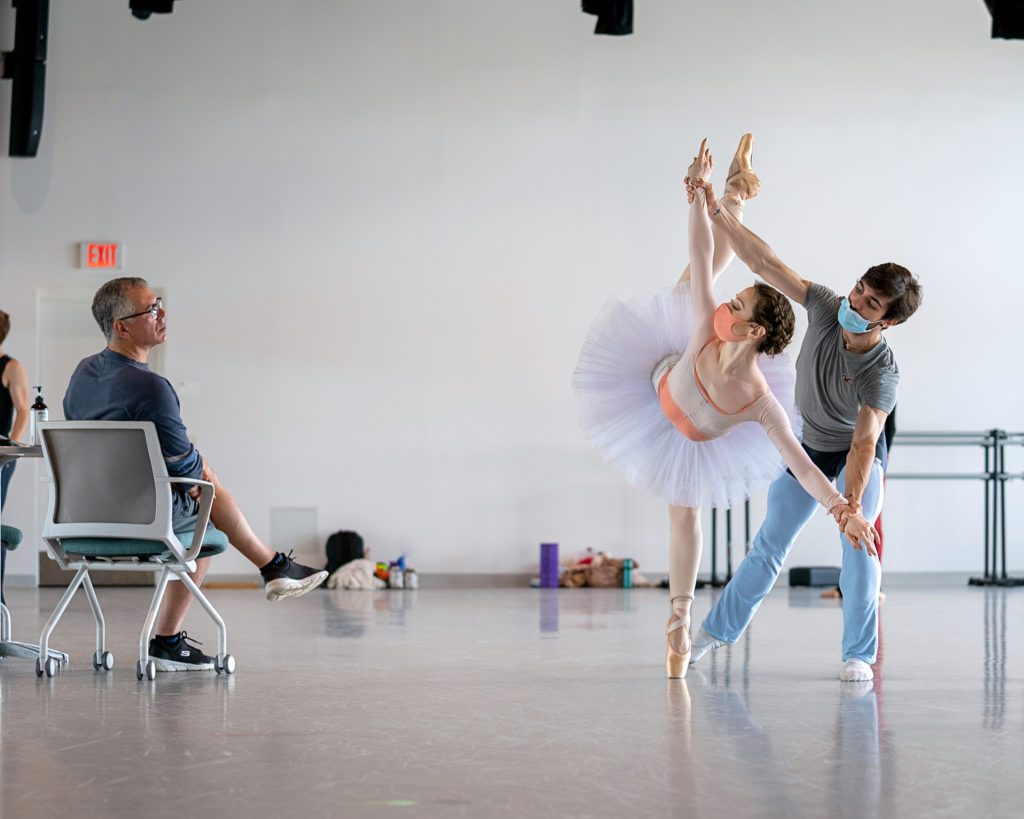
Do you plan on keeping the company unranked?
For this first season I am going to leave things the way they are. It is something associate artistic director Lisa Thorn Vinzant and I have been discussing the pros and cons of. While the dancers aren’t ranked according to soloist, principal, etc., the pay scale is equal to the caliber of work they’re doing. I’ve already made some adjustments to balance out that compensation.
Given the volatile nature of the ongoing pandemic, what are your thoughts on virtual programming if theaters get shut down again?
I think there have been huge leaps and bounds made because of COVID, in terms of virtual programming and livestreaming. While that has been a valuable tool, I do think it is a bit of stop-gap fix. We are one of the few companies that hasn’t had to end in-person performances. It is an intangible thing to try and re-create and there is nothing that can replace that intimacy. By not performing in person, you are starving your artists of what they want to do and your audience of what they want to see. I’d like to see a study to see if there is a pick-up in audience numbers because of the accessibility that dance online affords.
What is your vision for Orlando Ballet in respect to diversity, equity and inclusion?
We have great outreach and community programs already. I am trying now to get myself acquainted with and knowledgeable of all the other diversity programs out there. It will definitely be a strong part of Orlando Ballet as an organization moving forward.
How will this job affect your freelance choreographic career?
For this first year I am going to take myself off the market. I will have to look at how things evolve in future.
How do you feel about leaving Canada to take up residence in Orlando?
It’s going to be an adjustment from living in Winnipeg—every day is like summer here. I am starting to love the city. I think there is a thriving arts and culture sector that I’m looking forward to being a part of and contributing to. I’ve already had some great interactions with the directors of the Orlando Philharmonic and Opera Orlando. Everybody I have met here has been super-wonderful, and I’ve already found a new doctor; a new dentist is next.
